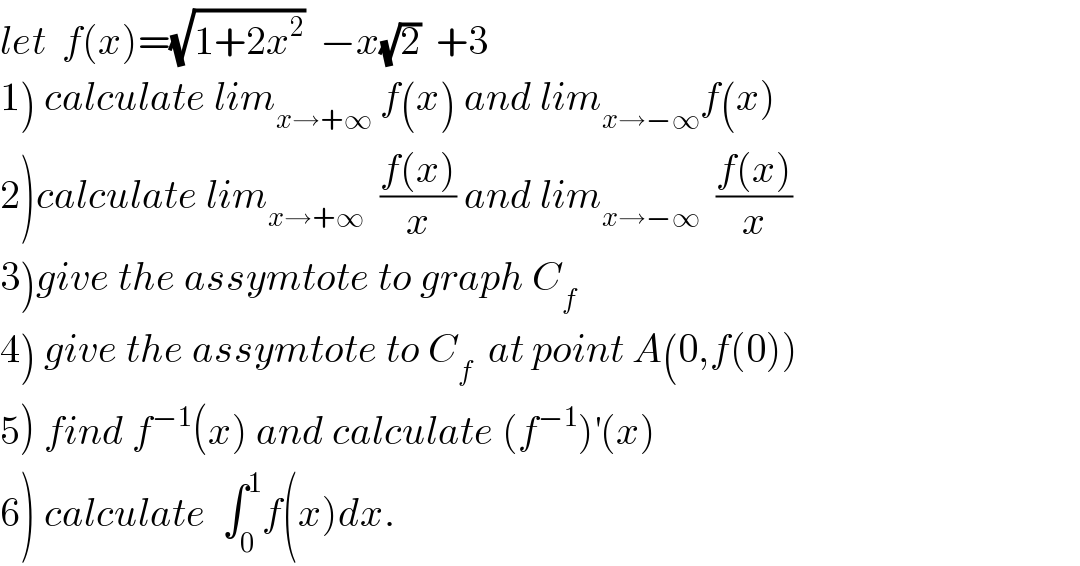
Question and Answers Forum
Previous in Relation and Functions Next in Relation and Functions
Question Number 38721 by maxmathsup by imad last updated on 28/Jun/18

Commented by prof Abdo imad last updated on 02/Jul/18

Commented by prof Abdo imad last updated on 02/Jul/18

Commented by prof Abdo imad last updated on 02/Jul/18

Commented by prof Abdo imad last updated on 02/Jul/18

